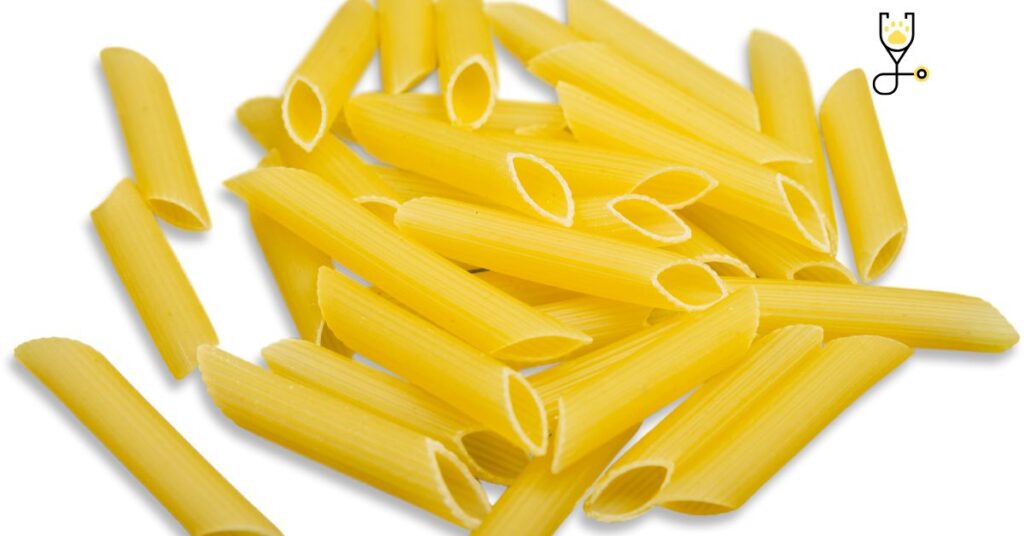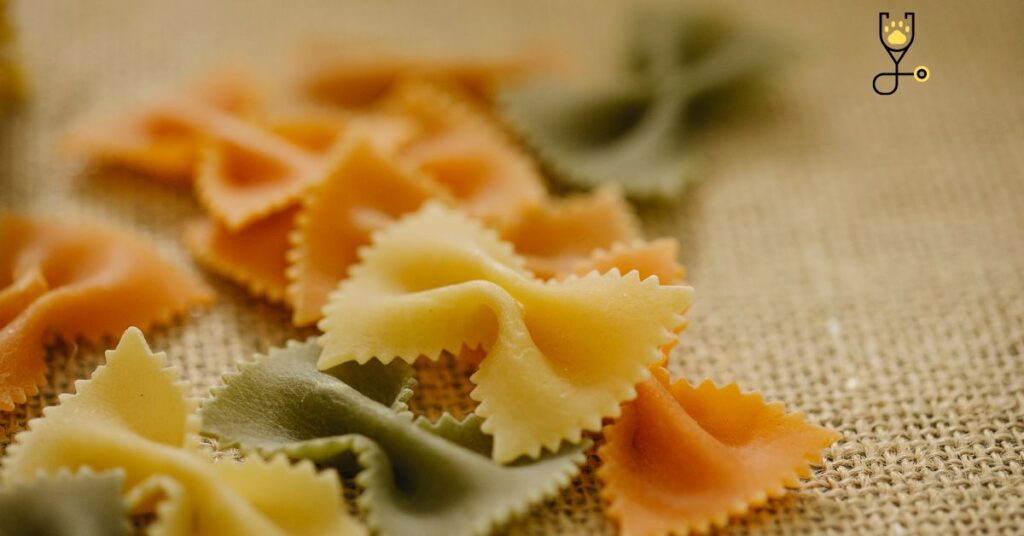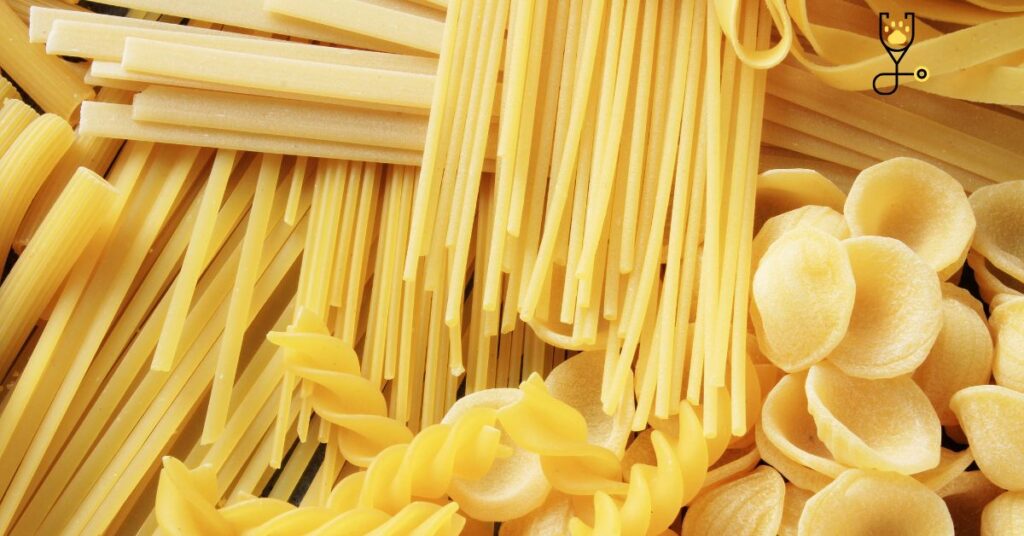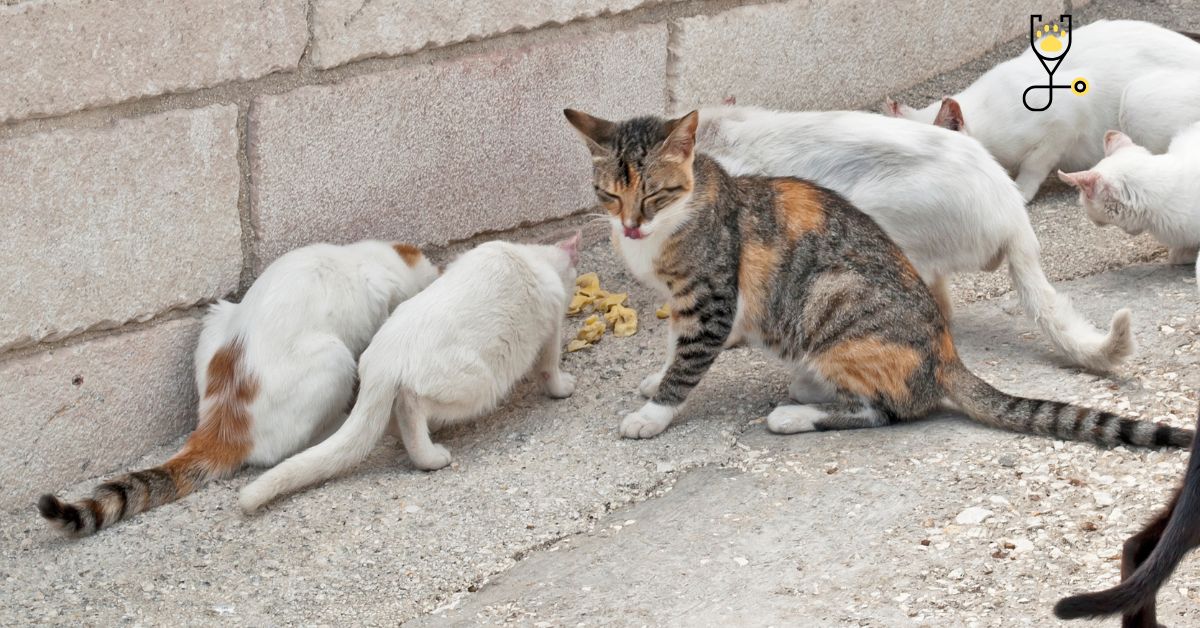Like all creatures, cats have their own dietary needs. The right kinds of food will help keep them happy and healthy. While some people think that feeding their cats anything they want is fine, this isn’t always the case. There are certain foods that cats should avoid, and others that they should eat in moderation. One such food group is carbohydrates – which includes pasta. So can my cats eat pasta? Yes, but there are a few things to keep in mind before serving it up. In this post, we’ll take a look at 10 tips for adding pasta to your cat’s diet. By following these guidelines, you can be sure that your furry friend is getting the best possible nutrition!
1. Stick to whole-wheat or grain-free varieties
When it comes to pasta, not all types are created equal. For the healthiest option, stick to whole-wheat or grain-free varieties. These kinds of pasta are less processed and have more nutritional value. They’re also easier for your cat to digest.
2. Avoid pasta that’s high in sodium
Cats don’t need a lot of salt in their diet, so it’s best to avoid pasta that’s high in sodium. Some brands of pasta can contain up to 500mg of sodium per serving – that’s more than half of the recommended daily intake for cats!

3. Watch out for sauces and toppings
When it comes to pasta, the sauce or topping can be just as important as the type of noodle. Some sauces and toppings can be high in fat, salt, or sugar – all of which are unhealthy for cats. So be sure to choose wisely!
Learn More: 12 Amazing tips to Clicker Train Your Cat
4. Offer a small portion size
Even if the pasta and sauce are healthy, it’s important to offer a small portion size. Cats don’t need to eat a lot of carbohydrates, so a little goes a long way. Start with a quarter cup of dry pasta or one ounce of cooked pasta.
5. Monitor your cat’s weight
As with any change in diet, it’s important to monitor your cat’s weight. Pasta is a calorie-dense food, so be sure that your cat isn’t gaining too much weight. If you notice any sudden changes in weight, stop feeding pasta and talk to your veterinarian.
6. Introduce pasta slowly
When adding any new food to your cat’s diet, it’s important to do so slowly. This gives their digestive system time to adjust. Start by mixing a small amount of pasta with their regular food. Slowly increase the amount of pasta over the course of a week or two.

7. Look for signs of distress
As you’re introducing pasta into your cat’s diet, be sure to look for any signs of distress. Diarrhea, vomiting, and lack of appetite are all signs that your cat is not tolerating the new food well. If you notice any of these symptoms, stop feeding pasta and talk to your veterinarian.
8. Tempt them with treats
If your cat is being picky about eating pasta, you can try tempting them with treats. Mix a little bit of tuna or chicken into the pasta to make it more appealing. You can also try adding some wet food to the mix.
9. Try a different shape or size
If your cat isn’t interested in eating pasta, try changing the shape or size. Some cats prefer smaller pieces, while others like to chase larger ones around. You can also try spiral or bow-tie shapes.

10. Give it time
If your cat still isn’t interested in pasta, don’t give up! It may just take some time for them to get used to the new food. Keep offering it at regular intervals and eventually, they’ll come around.
So there you have it – eight tips for adding pasta to your cat’s diet! By following these guidelines, you can be sure that your furry friend is getting the right nutrition. Just remember to start slowly and monitor your weight, as pasta is a calorie-dense food. And if you have any concerns, be sure to talk to your veterinarian.
Conclusion
So can my cats eat pasta? The answer is YES, but there are a few things to keep in mind. Firstly, it’s important to choose whole-wheat or grain-free varieties. Secondly, be sure to avoid pasta that’s high in sodium. And finally, remember to introduce pasta slowly into your cat’s diet and monitor their weight. If you have any concerns, talk to your veterinarian.
Frequently Asked Questions
Q1: What is the best type of pasta for cats?
A: The best type of pasta for cats is whole-wheat or grain-free. These varieties are less processed and have more nutritional value.
Q2: How much pasta can I give my cat?
A: Start with a quarter cup of dry pasta or one ounce of cooked pasta. Cats don’t need to eat a lot of carbohydrates, so a little goes a long way.
Q3: Should I be worried about my cat’s weight if they eat pasta?
A: Pasta is a calorie-dense food, so it’s important to monitor your cat’s weight. If you notice any sudden changes in weight, stop feeding pasta and talk to your veterinarian.
Q4: My cat has diarrhea after eating pasta, what should I do?
A: If your cat has diarrhea after eating pasta, stop feeding them pasta and talk to your veterinarian. Diarrhea is a sign that your cat is not tolerating the new food well.
Q5: I’m not sure if I should be feeding my cat pasta, who can I talk to?
A: The best person to talk to about whether or not you should be feeding your cat pasta is your veterinarian. They can give you specific advice based on your cat’s individual needs.
Q6: Where can I find more information about feeding my cat a healthy diet?
A: The best place to find more information about feeding your cat a healthy diet is your veterinarian. They can give you specific advice based on your cat’s individual needs. You can also find helpful information online at the American Association of Feed Control Officials website.







